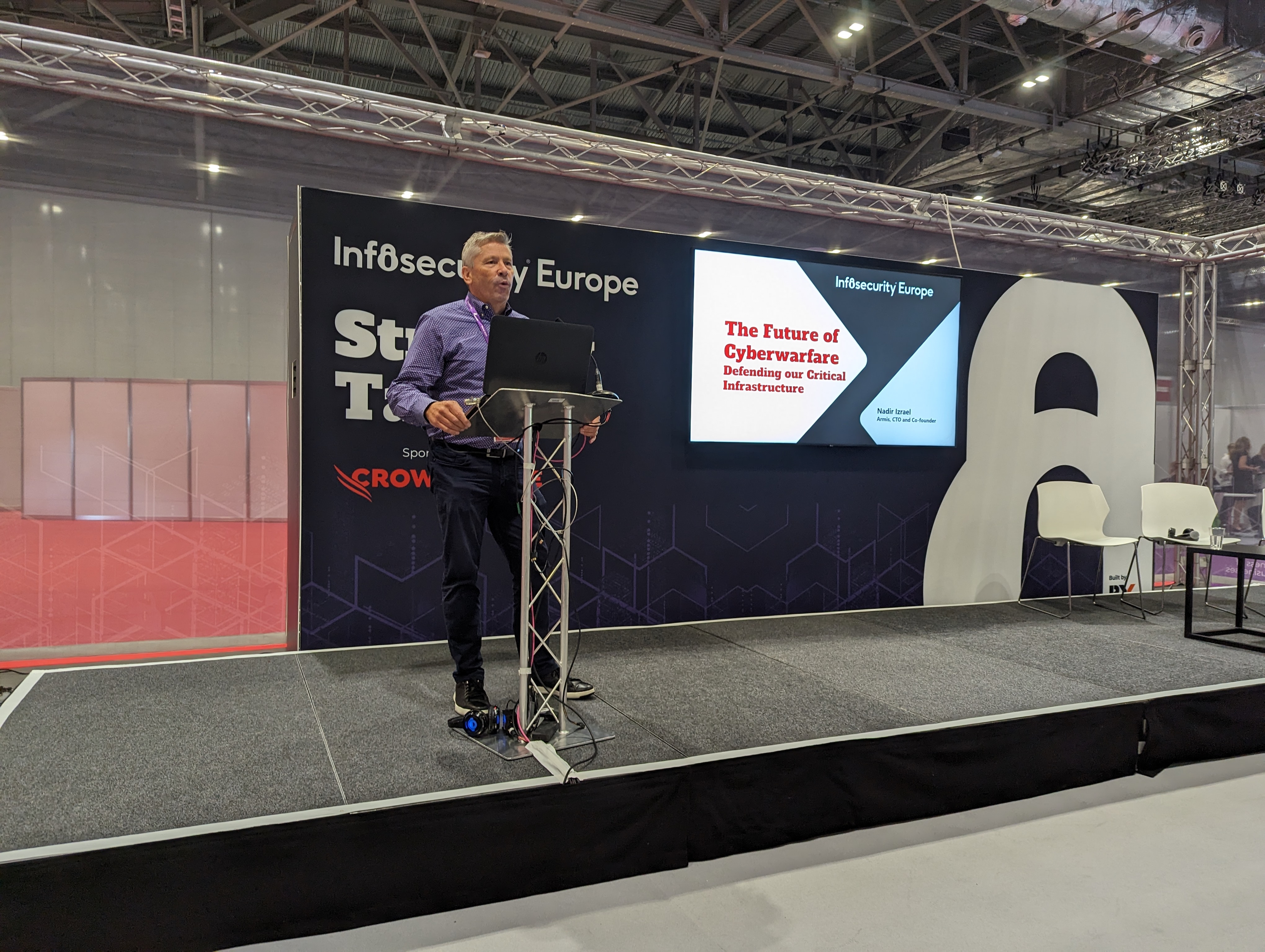London-based cybersecurity expert, Chris Dobrec, has warned that attacks on operational technology (OT) and industrial control system (ICS) environments could potentially lead to the development of kinetic weapons with physical effects. Dobrec, who serves as the vice president of product marketing for Armis, discussed this topic during his presentation on “The Future of Cyberwarfare” at the Infosecurity Europe event.
During his presentation, Dobrec highlighted past examples of attacks that targeted OT and ICS environments, such as Stuxnet, Havex, and Blackenergy. These attacks had the ability to cause kinetic effects and harm humans. Dobrec emphasized the importance of understanding the potential dangers associated with cyber warfare and the need for organizations to be adequately prepared.
Referring to a cyber warfare research report conducted by Armis last year, Dobrec revealed that 24% of respondents admitted they were not prepared to handle the impact of such attacks. However, interestingly, 76% of respondents believed that they had appropriate controls in place. This discrepancy suggests a lack of awareness and understanding regarding the actual extent of the risks posed by attacks on OT and ICS environments.
The research report also investigated the perception of cybersecurity professionals following the Russian invasion of Ukraine. It revealed that 74% of respondents agreed that the response to attacks on OT should be a board-level concern. These findings underscore the need for organizations to address the potential vulnerabilities in their OT systems and implement effective monitoring and remediation measures.
Dobrec also drew attention to the healthcare sector, predicting an increase in future attacks on healthcare organizations, as well as utilities and transportation. He referenced the HSE attack that occurred last year as a notable example. Dobrec urged organizations to widen their perspective when it comes to securing their overall infrastructure and to proactively monitor for potential threats.
“It is bizarre that OT is now vulnerable and exposed, so widen that aperture in your overall organization and monitor for potential threats,” Dobrec emphasized. “Look for the potential vulnerabilities in these systems that you may have not been looking at previously and then work to actually continuously monitor and remediate that.”
Additionally, Dobrec stressed the importance of involving the entire organization in cybersecurity efforts, not just IT and security teams. Operational teams also play a crucial role in maintaining the security and functionality of OT and ICS systems.
As the threat landscape continues to evolve, it has become essential for organizations to reassess their cybersecurity strategies. The rising frequency of attacks on OT and ICS environments should serve as a wake-up call for organizations to prioritize the security of their critical infrastructure. Failure to do so could have significant implications for public safety and national security.
In conclusion, cybersecurity expert Chris Dobrec’s warning about the potential development of kinetic weapons as a result of attacks on OT and ICS environments highlights the urgent need for organizations to enhance their cybersecurity measures. With the growing sophistication of cyber threats, it is crucial for companies to remain vigilant, continuously monitor their systems, and collaborate across all levels of the organization to effectively mitigate risks.
